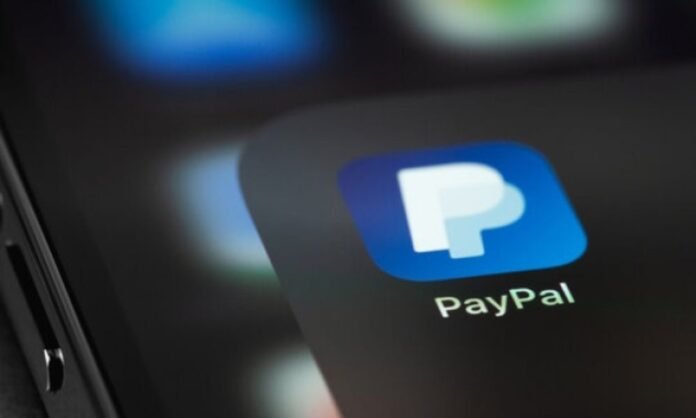With more than 392 million active users, PayPal is an essential online payment platform. However, its popularity also attracts fraudsters who seek to exploit its loopholes. PayPal fraud losses reached a record $4.5 billion. How to protect yourself? This comprehensive article guides you through best practices to minimize PayPal fraud risks and secure your transactions in 2024 .
Understanding Types of PayPal Fraud
1. Phishing
Description: Fraudulent emails or SMS messages imitating PayPal trick you into revealing your personal information or clicking on an infected link.
Objective: Fraudsters seek to obtain your PayPal credentials, banking information or personal data to use them for fraudulent purposes.
Example: You receive an email that appears to come from PayPal and asks you to update your account information. The email contains a link that, when clicked, redirects you to a fake PayPal website. If you enter your information on this site, scammers will be able to access it and use it to hack your account.
2. Advance payment scam
Description: A fake seller offers you a product at an attractive price and asks for advance payment via PayPal.
Objective: Scammers seek to obtain money from buyers without ever delivering the product.
Example: You find an ad for a product you are looking for at a great price. The seller asks you to pay via PayPal and promises to send you the product upon receipt of payment. However, after making the payment, you never receive the product.
3. Sale of counterfeit items
Description: Counterfeit or non-as-described items are sold on online platforms and paid for via PayPal.
Objective: Fraudsters seek to profit from the sale of counterfeit or poor quality products.
Example: You buy a branded item on an online platform and pay the seller via PayPal. However, when you receive the item, you find that it is fake.
4. Account hacking
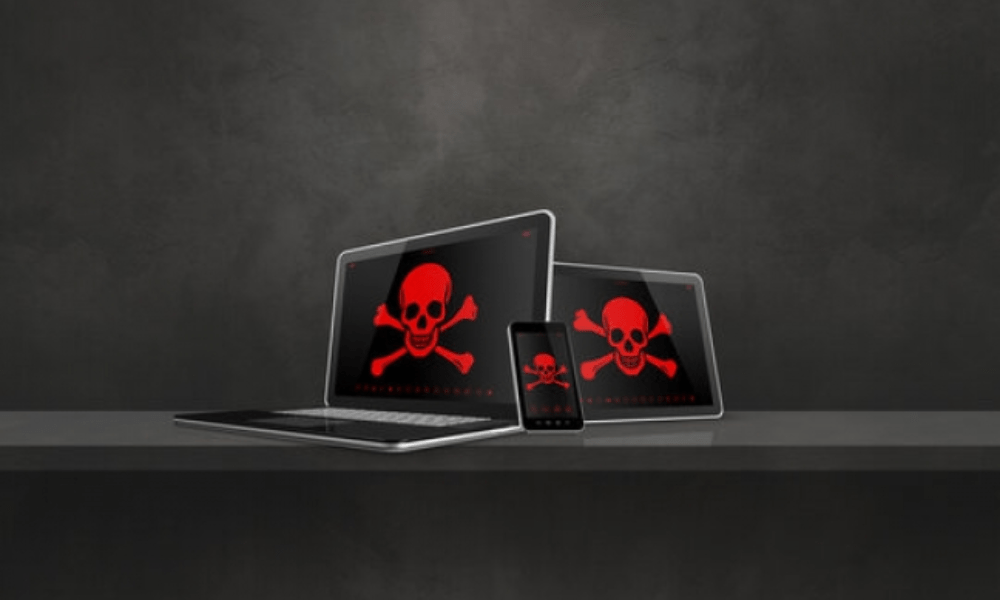
Description: Your PayPal account is hacked and used to make fraudulent transactions.
Objective: Scammers are looking to use your PayPal account to make online purchases or transfer money to other accounts.
Example: You receive an email from PayPal informing you of a transaction that you did not complete. You log into your account and see that fraudulent transactions have been made.
Strengthen the security of your PayPal account

1. Strong and unique password
Choose a different, complex password for each online account, including PayPal. It must be a minimum of 12 characters long, with a combination of upper and lower case letters, numbers and special characters. Never use the same password for multiple accounts, and avoid easy-to-guess passwords, like your date of birth or full name.
2. Two-factor authentication (2FA)
Enable 2FA to add an extra layer of security to your account. This option allows you to receive a unique, one-time use code on your mobile phone every time you log into PayPal. This code is necessary to finalize the login, making it much more difficult for hackers to access your account.
3. Check URLs and SSL certificates
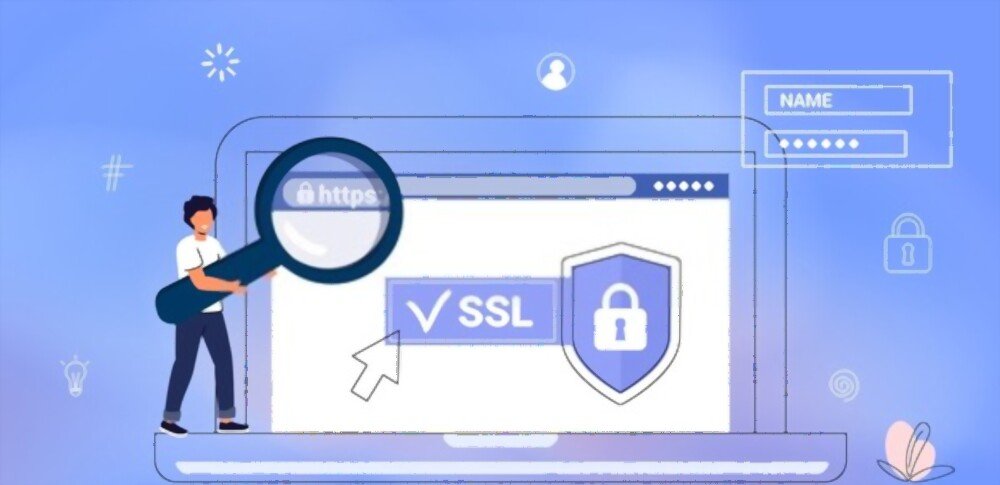
Make sure that the PayPal site URL starts with "https: //" and has a green padlock. This guarantees that you are on the official PayPal website and that your connection is secure. If you are not sure of the authenticity of the site, never enter your connection information.
4. Beware of offers that are too good to be true
Stay alert for suspicious offers and abnormally low prices. If a deal seems too good to be true, it probably is. Be careful of emails, text messages and websites that offer you products or services at rock-bottom prices. This is often a scam aimed at extracting your personal or financial information.
5. Never communicate your confidential information by email or SMS
PayPal will never ask you for your sensitive information by email or SMS. Never give your password, PayPal account number or banking information to anyone who contacts you by email or SMS. If you receive a suspicious message from PayPal, contact customer service directly to verify its authenticity.
Monitor your transactions and act quickly
1. Regularly view your transaction history
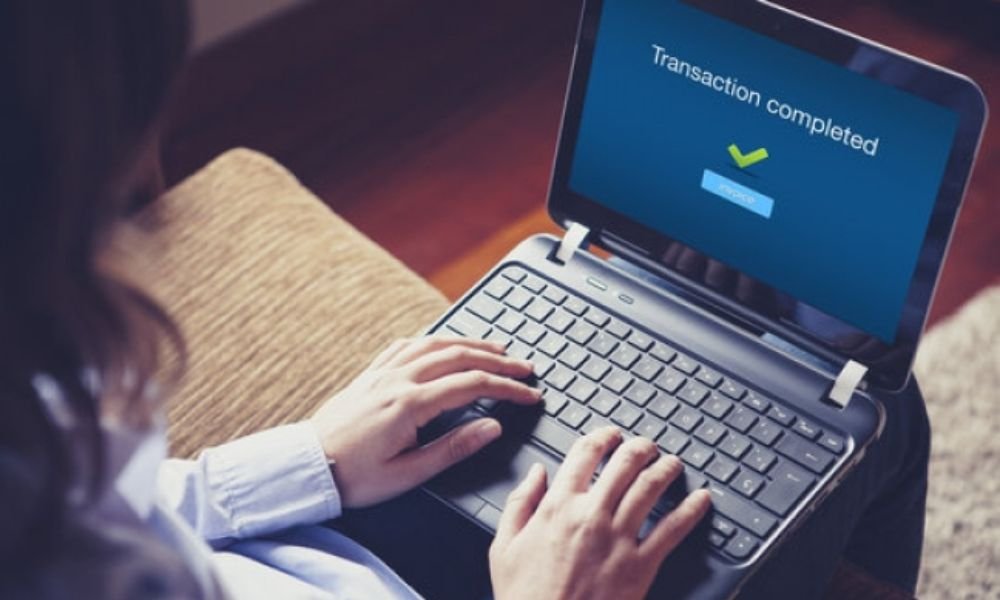
It is important to regularly consult your PayPal transaction history to identify suspicious activities. Connect to your PayPal account and access the " Historic " tab. You can see there all the transactions you have made, including dates, amounts, recipients and types of transactions.
Here are some things to look for when checking your transaction history:
- Transactions you don't recognize
- Transactions made on unusual dates or times
- Transactions to unknown recipients
- Unusually high transaction amounts
If you notice a suspicious transaction, act quickly.
2. Report suspicious transactions to PayPal immediately
If you notice an unauthorized or suspicious transaction in your PayPal account, it is important to report it immediately to PayPal. You can do this in several ways:
- Online: Connect to your PayPal account and access the dispute resolution center . Click on " Report a problem " and follow the instructions.
- By telephone: Contact PayPal customer service by telephone on 01 76 77 44 44.
- By email: Send an email to the following address: demand@paypal.fr
When reporting a suspicious transaction to PayPal, provide as much information as possible, including:
- The date and amount of the transaction
- The name of the recipient
- Transaction Type
- Any other relevant information
PayPal will review your report and take appropriate action.
3. Use PayPal’s fraud protection tools
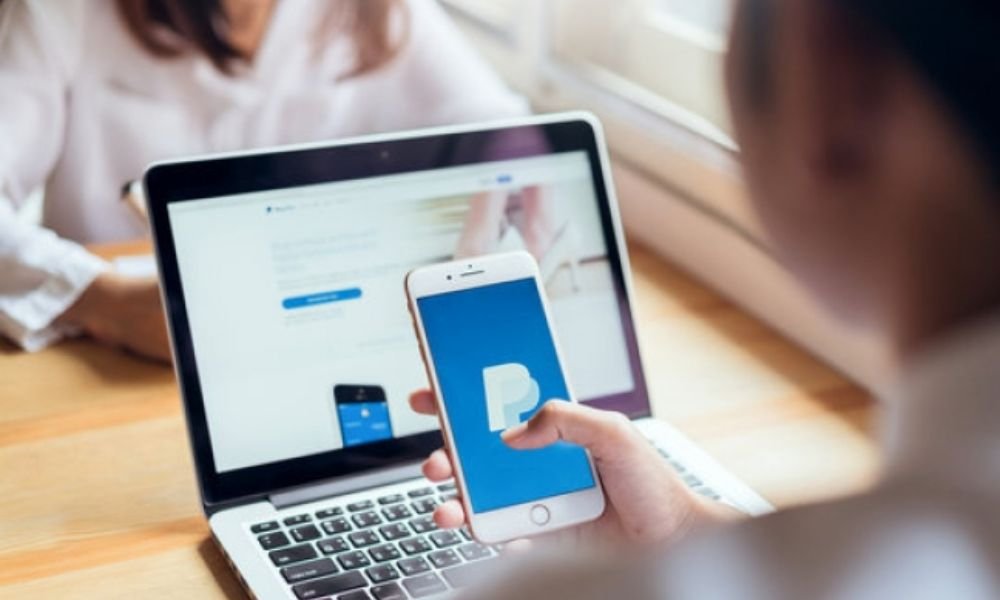
PayPal offers several fraud protection tools that can help you secure your transactions.
- Email and SMS notifications: You can enable email and SMS notifications for transactions to be informed immediately of any activity on your account.
- Spending Limits: You can set up spending limits for your account in order to limit the amount of transactions you can make.
- Purchase Protection: PayPal Purchase Protection protects you if there is a problem with a purchase you made through PayPal.
By enabling these tools and remaining vigilant, you can reduce the risk of fraud on your PayPal account.
Tips for buyers and sellers
Buyers:
- Favor purchases from sellers with a good reputation.
- Pay only through the official PayPal website.
- Use a credit card for your PayPal purchases for added protection.
Sellers:
- Only send your items to the address confirmed by PayPal.
- Demand immediate payment for your items.
- Report suspicious buyers to PayPal.
Conclusion
By following the advice in this article, you can significantly reduce your risk of becoming a victim of fraud . Protect your online transactions by remaining vigilant and adopting good security practices.

